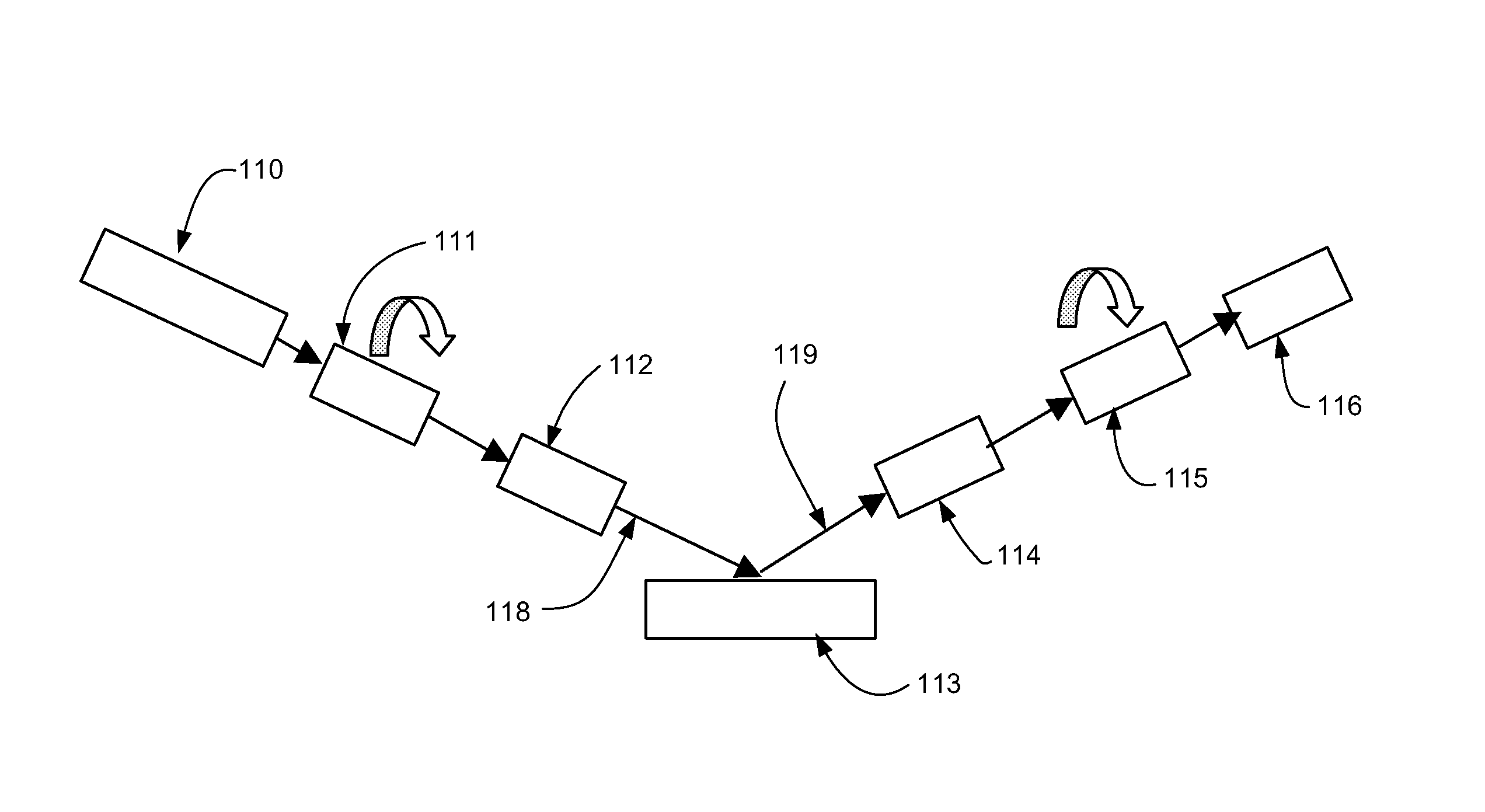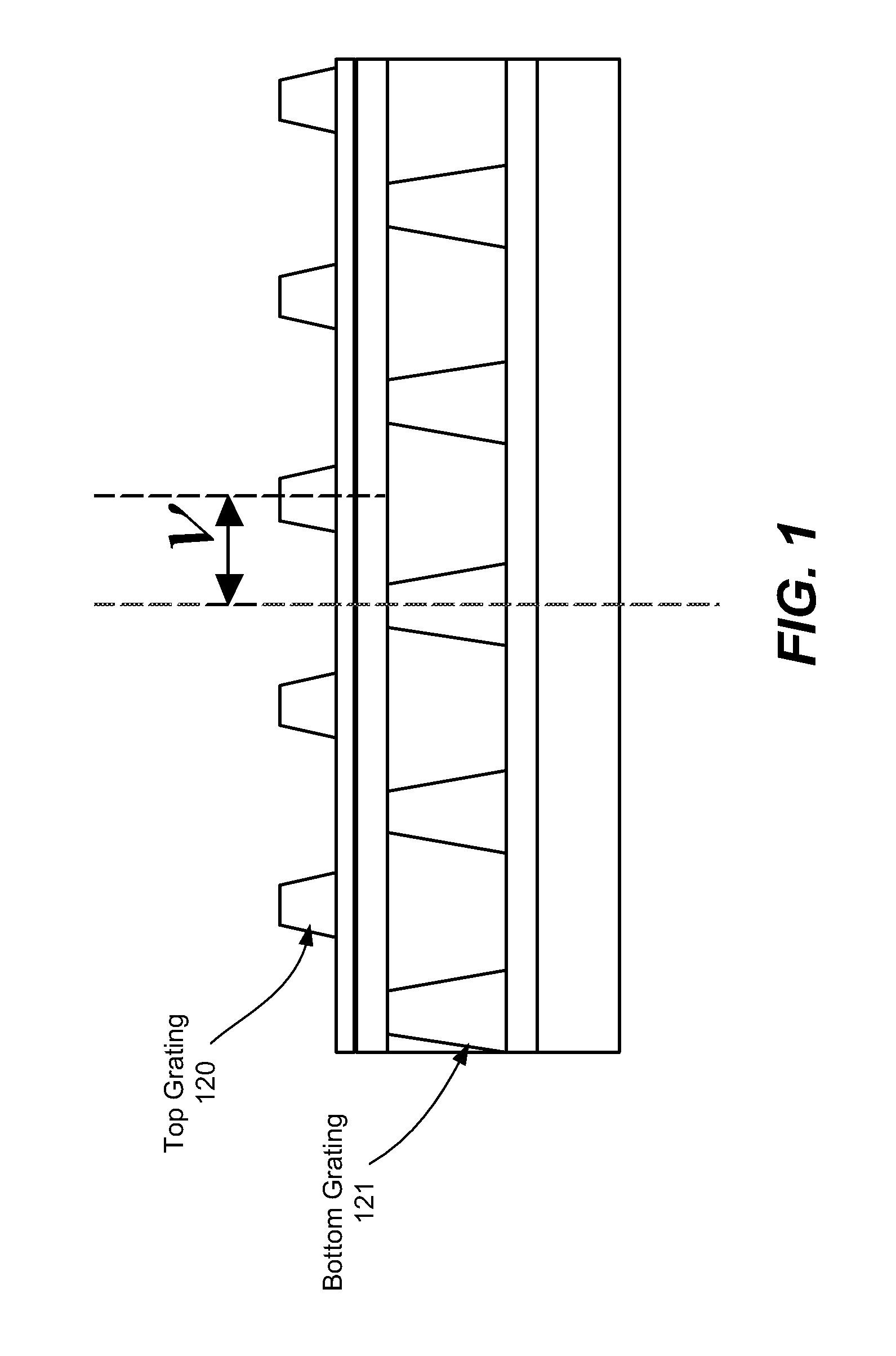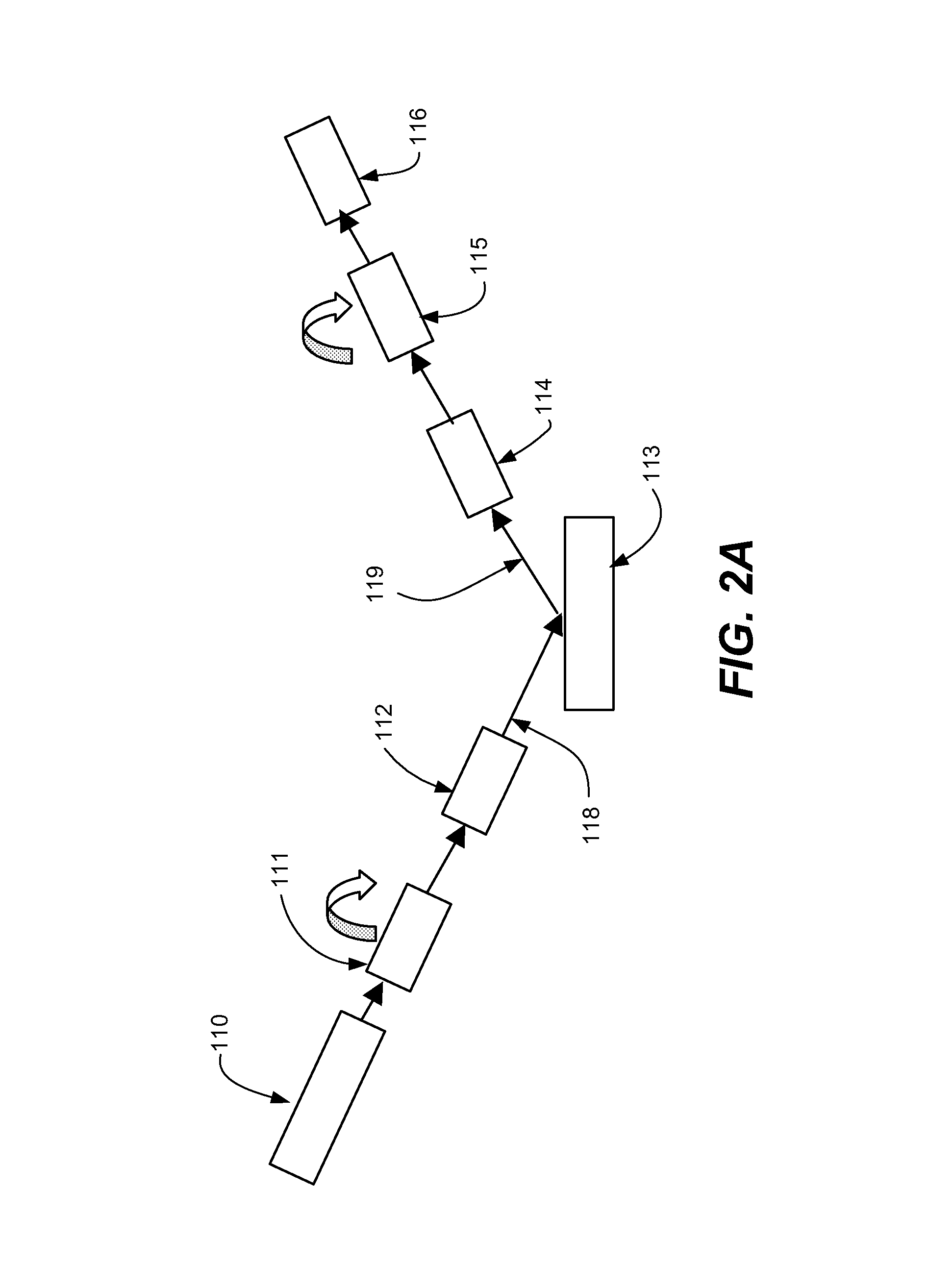Measuring overlay and profile asymmetry using symmetric and anti-symmetric scatterometry signals
a scatterometry signal and overlay technology, applied in the field of scatterometry, can solve the problems of difficult to accurately model complicated profiles, rely on detailed modeling, and the cd-sem approach is very slow and expensiv
- Summary
- Abstract
- Description
- Claims
- Application Information
AI Technical Summary
Benefits of technology
Problems solved by technology
Method used
Image
Examples
Embodiment Construction
[0018] Reference will now be made in detail to a particular embodiment of the invention, examples of which are illustrated in the accompanying drawings. While the invention will be described in conjunction with the particular embodiments, it will be understood that it is not intended to limit the invention to the described embodiments. To the contrary, it is intended to cover alternatives, modifications, and equivalents as may be included within the spirit and scope of the invention as defined by the appended claims.
[0019] The present invention introduces a system and method for combining information from one or more ellipsometry signals in a manner which allows easy extraction of overlay information for any relative orientation of the incident light beam with respect to a 1D grating target, as well as for targets comprising general 2D gratings. In addition, the disclosed analysis of the ellipsometry signal yields qualitative information about the profile of the grating. The degree...
PUM
 Login to View More
Login to View More Abstract
Description
Claims
Application Information
 Login to View More
Login to View More - R&D
- Intellectual Property
- Life Sciences
- Materials
- Tech Scout
- Unparalleled Data Quality
- Higher Quality Content
- 60% Fewer Hallucinations
Browse by: Latest US Patents, China's latest patents, Technical Efficacy Thesaurus, Application Domain, Technology Topic, Popular Technical Reports.
© 2025 PatSnap. All rights reserved.Legal|Privacy policy|Modern Slavery Act Transparency Statement|Sitemap|About US| Contact US: help@patsnap.com



